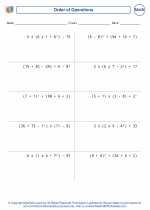Humidity
Humidity refers to the amount of water vapor present in the air. It is an important factor in weather and climate, as well as in indoor environments.
Types of Humidity
There are several ways to measure humidity:
- Relative Humidity: This is the most common way to measure humidity. It is expressed as a percentage and represents the amount of water vapor present in the air compared to the maximum amount the air could hold at that temperature. For example, if the relative humidity is 50%, it means the air is holding half of the maximum amount of water vapor it could hold at that temperature.
- Absolute Humidity: This measures the actual amount of water vapor present in a unit volume of air, usually expressed in grams per cubic meter.
- Specific Humidity: This measures the mass of water vapor per unit mass of air, usually expressed in grams of water vapor per kilogram of air.
Factors Affecting Humidity
Several factors can affect humidity:
- Temperature: Warmer air can hold more water vapor than cooler air. This means that the relative humidity of air decreases as the temperature increases, even if the absolute amount of water vapor remains constant.
- Wind: Wind can affect humidity by mixing air with different humidity levels. This can lead to changes in local humidity conditions.
- Water Bodies: Proximity to bodies of water can affect humidity levels in the surrounding air. Areas near large bodies of water tend to have higher humidity levels.
Effects of Humidity
Humidity can have various effects on the environment and human health:
- Weather: Humidity plays a role in the formation of clouds, precipitation, and the overall weather patterns.
- Comfort: High humidity levels can make the air feel warmer than it actually is, leading to discomfort. Low humidity levels can cause dry skin and respiratory irritation.
- Health: High humidity can promote the growth of mold and mildew, which can be harmful to respiratory health. Low humidity can lead to dryness in the respiratory system and skin.
Study Guide
To study humidity, it is important to understand the different types of humidity measurements, the factors that affect humidity, and its effects on the environment and human health.
You can practice by calculating relative humidity using the formula:
Relative Humidity (%) = (Actual Vapor Pressure / Saturation Vapor Pressure) x 100
Where:
- Actual Vapor Pressure: The pressure exerted by the water vapor present in the air.
- Saturation Vapor Pressure: The maximum pressure of water vapor that the air can hold at a given temperature.
Additionally, you can explore how humidity levels vary in different geographic locations and climates, and how they can be measured using instruments such as hygrometers.
Understanding humidity is important for various fields, including meteorology, agriculture, and indoor air quality management.
.◂Math Worksheets and Study Guides Fifth Grade. Order of Operations
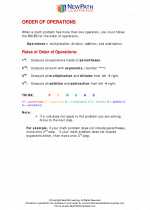
 Activity Lesson
Activity Lesson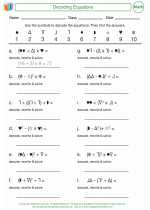
 Worksheet/Answer key
Worksheet/Answer key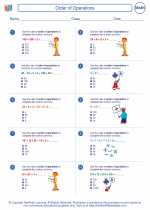
 Worksheet/Answer key
Worksheet/Answer key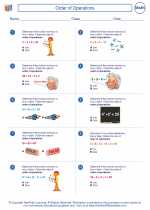
 Worksheet/Answer key
Worksheet/Answer key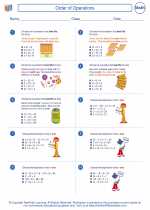
 Worksheet/Answer key
Worksheet/Answer key